Aerial surveillance is key to curbing the illegal intrusion of poachers, especially within Tsavo East and West National Parks where the environment is harsh and often inaccessible
Aerial surveillance is key to curbing the illegal intrusion of poachers, especially within Tsavo East and West National Parks where the environment is harsh and often inaccessible. Whilst the demand for elephant ivory continues to rise, the elephant herds of Tsavo are being decimated yet the David Sheldrick Wildlife Trust is dedicating it’s time, effort and resources in fighting the war against poachers on the ground and in the air. With low-level flying aircrafts best suited for aerial monitoring, the DSWT in conjunction with the Kenya Wildlife Service is combining flying efforts with eight full-time anti-poaching teams and a mobile veterinary unit in order to prevent illegal activities and crimes against wildlife and wild habitats.
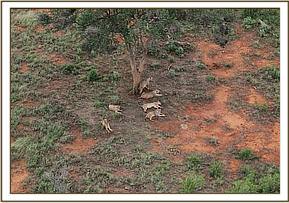

During the last two months a total of 87 hours have been flown over the Tsavo Conservation Area (TCA), covering a total of 7142 miles. Many hours were spent carrying out aerial patrols across the northern area of Tsavo East National Park (TENP), the Tsavo Triangle and bordering ranches where there are known poaching hotspots, whilst several days were spent in Tsavo West National Park (TWNP).


The aerial unit focused on the northern area of Tsavo East during this period, particularly around Ithumba where one of the DSWT’s orphaned elephant rehabilitation stockades is located, due to the prevalence of shooting blinds and shooting platforms around waterholes within the area. Efforts were also concentrated along the Tiva River, where large wildlife numbers occur, especially elephant herds. The Tsavo Triangle was also patrolled a number of times as shooting blinds were appearing around waterholes within the vicinity where the rains have filled all the waterholes and elephants have been widely dispersed.
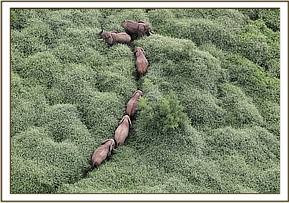

The area around the Ithumba orphans was heavily patrolled on the ground and in the air during these months to ensure that there were no threats to the young elephants as they are introduced back into the wild. The orphan’s browsing range is about 6km from their stockades and although closely guarded the orphans and their wild elephant friends are always prone to a poacher’s arrow, and it is not only the DSWT’s orphans, which are protected, but wild orphans too, of which several elephant calves had to be rescued during this period including an injured black rhino calf.
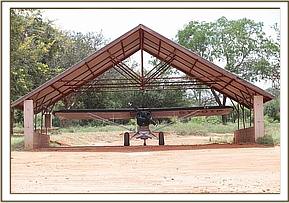

A major portion of the aircraft’s flying time was also involved in locating and assisting in the darting of wounded elephants in unison with the DSWT’s veterinary unit and the Kenya Wildlife Service. It has been an incredibly busy few weeks for poison arrow poachers, as revealed by the teams, who at one point discovered and darted five elephants in just three days with the aircraft's continued assistance. The operations with the vet unit and the new Sky Vets initiative, using Kenya Wildlife Service Vets, have been very successful and all the elephants reported with wounds requiring the DSWT's aerial support have been found, darted and treated.
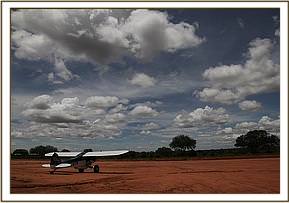

Although the threat of poaching is the DSWT’s core focus within the TCA, flying time was also dedicated to mapping the invasive species of cactus (Opuntia stricta), which is taking over the Buchuma area of Tsavo East. The cactus has come into the park from the bordering land and is spreading further by elephants which eat it. Various methods of control are being debated as the cactus poses a serious problem for the ecological future of the area.
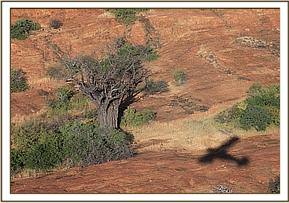

The KWS and DSWT’s anti-poaching ground teams have covered thousands of kilometers in the past weeks, following up on reports and sightings from the aerial surveillance unit allowing for over 100 arrests of poachers and offenders within just eight weeks, whilst being able to destroy shooting blinds and remove over 500 snares. Communication is of paramount importance and all the teams operating within the TCA are interconnected in order to efficiently and effectively respond to any reports or sightings, whilst working closely with the communities bordering the Parks.
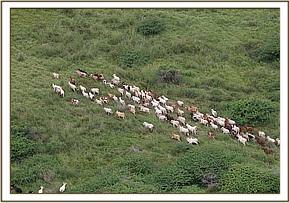

Please support our anti-poaching initiatives by donating through our website at https://www.sheldrickwildlifetrust.org/is/donate_now.asp

